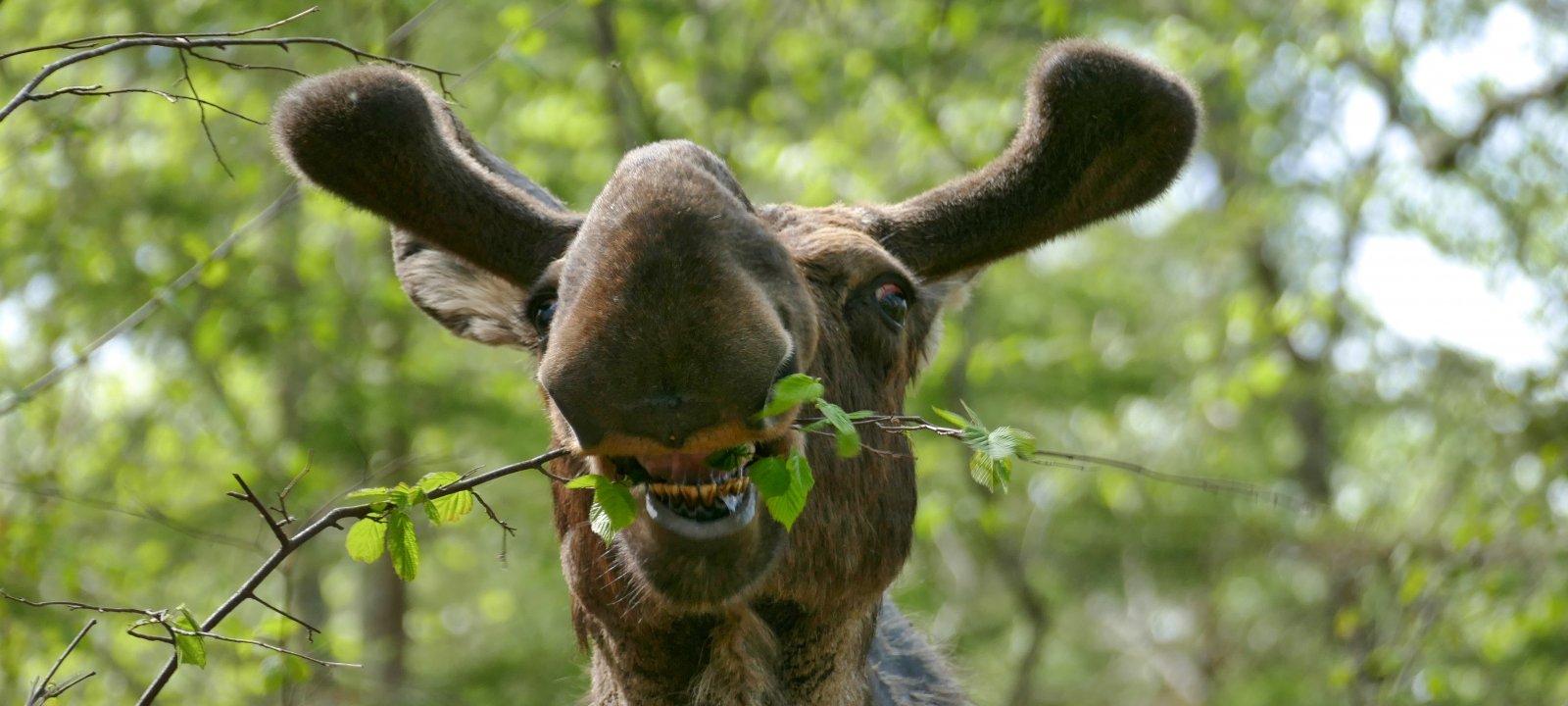2024-01-16 ミシガン工科大学
 Like humans, moose have an average of 32 teeth. Unlike humans, they have no teeth on the upper front jaw. (Image credit: Sarah Hoy)
Like humans, moose have an average of 32 teeth. Unlike humans, they have no teeth on the upper front jaw. (Image credit: Sarah Hoy)
◆死亡した2,000頭以上のヘラジカの標本を使用し、歯周病がこれらの骨疾患を引き起こす可能性があることが示唆されました。歯周病が引き起こす細菌感染が炎症や骨の破壊を促進し、これが骨炎症や骨粗鬆症を悪化させる可能性が考えられています。これらの疾患は人間にも影響を与え、歯周病は他の健康問題のリスクを増加させる可能性があります。
<関連情報>
- https://www.mtu.edu/unscripted/2024/01/what-studying-moose-bones-for-65-years-can-teach-us-about-human-diseases.html
- https://www.sciencedirect.com/science/article/abs/pii/S1063458423009949
野生の哺乳類(ヘラジカ)集団における3つの慢性・加齢関連疾患、変形性関節症、歯周炎、骨粗鬆症の関連性 Links between three chronic and age-related diseases, osteoarthritis, periodontitis, and osteoporosis, in a wild mammal (moose) population
Sarah R. Hoy, John A. Vucetich, Leah M. Vucetich, Mary Hindelang, Janet L. Huebner, Virginia B. Kraus, Rolf O. Peterson
Osteoarthritis and Cartilage Available online: 2 December 2023
DOI:https://doi.org/10.1016/j.joca.2023.11.016
Summary
Objective
Osteoarthritis, periodontitis and osteoporosis are chronic, age-related diseases which adversely impact millions of people worldwide. Because these diseases pose a major global public health challenge, there is an urgent need to better understand how these diseases are interrelated. Our objective was to document the age and sex-specific prevalence of each disease and assess interrelationships among the three diseases in a wild mammal (moose, Alces alces) population.
Methods
We examined the bones of moose dying from natural causes and recorded the severity of osteoarthritis (typically observed on the hip and lowest vertebrae), osteoporosis (osteoporotic lesions observed on the skull) and periodontitis (observed on maxilla and mandibles).
Results
Periodontitis was associated with a greater prevalence of both severe osteoarthritis and osteoporotic lesions in moose. We found no evidence to suggest that moose with osteoporotic lesions were more or less likely to exhibit signs of osteoarthritis or severe osteoarthritis. The prevalence of osteoarthritis, periodontitis and osteoporotic lesions was greater among males than for females.
Conclusions
Our results were consistent with the hypothesis that bacterial pathogens causing periodontitis are a risk factor for osteoarthritis and osteoporosis. They are also consistent with the hypothesis that the inverse association between osteoarthritis and osteoporosis sometimes observed in humans may be influenced by shared risk factors, such as obesity, smoking or alcohol consumption, which are absent in moose. Together these results provide insights about three diseases which are expected to become more prevalent in the future and that cause substantial socio-economic burdens.


